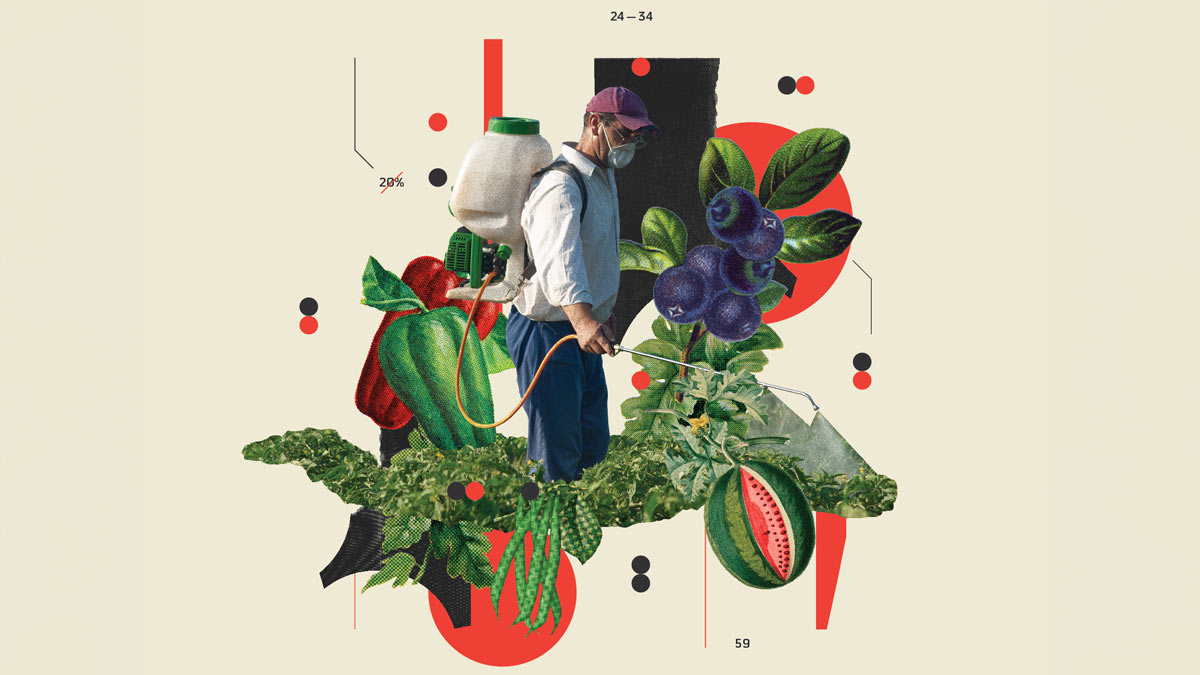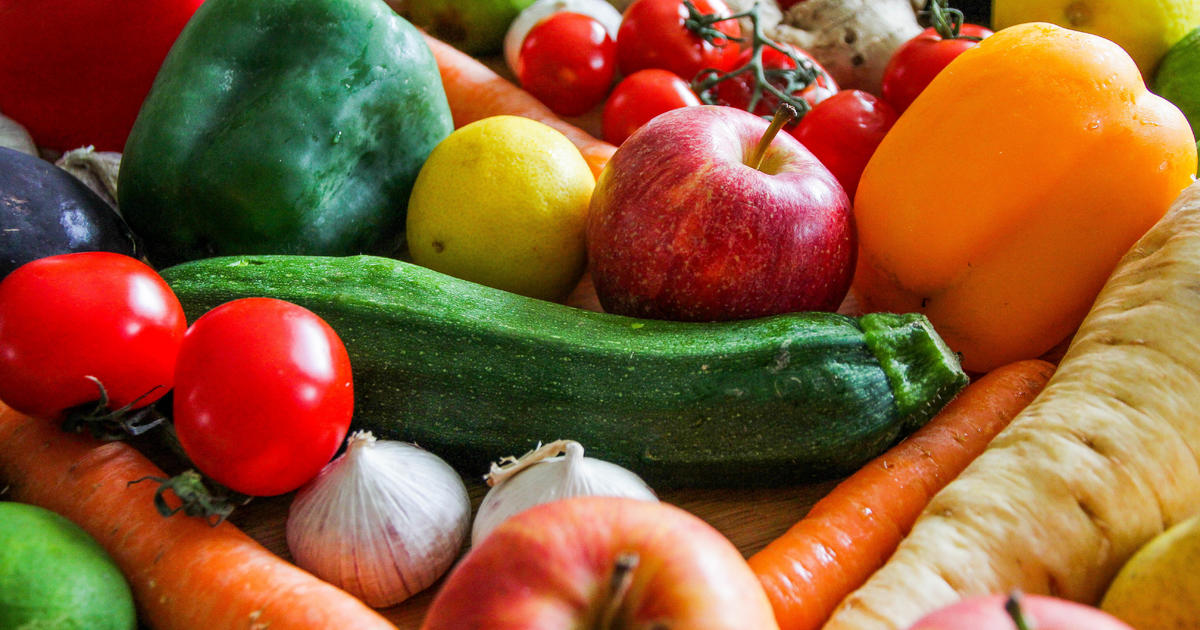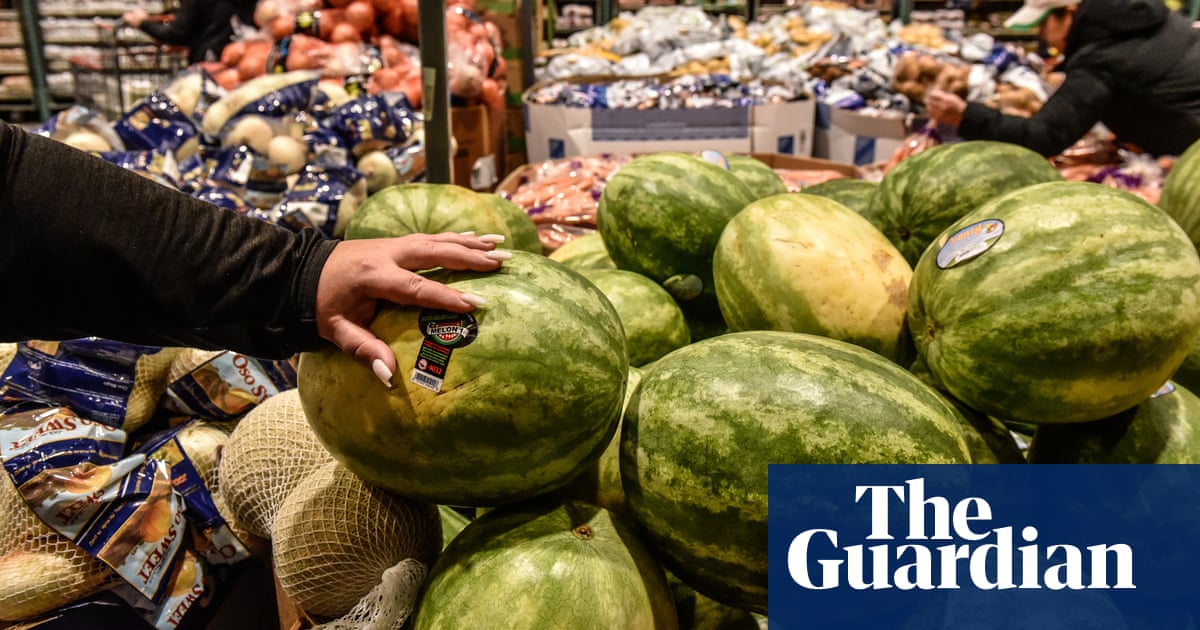
In a recent analysis of pesticide residues in fruits and vegetables, both Consumer Reports and the Environmental Working Group (EWG) identified several produce items as posing significant risks due to high levels of specific pesticides. According to their findings, conventionally grown blueberries, strawberries, spinach, nectarines, apples and bell peppers are among the most problematic foods in this regard.
Consumer Reports analyzed data from the Department of Agriculture's pesticide residue monitoring program and found that two-thirds of these fruits and vegetables are ranked low or very low risk. However, conventionally grown versions of blueberries, strawberries, spinach, nectarines, apples and bell peppers pose a serious problem due to high levels of specific pesticides.
One food - green beans - had residues of a pesticide that hasn't been allowed for use on vegetables in the US for over a decade. Imported produce, especially from Mexico, was particularly likely to carry risky levels of pesticide residues.
The most contaminated imports were strawberries, typically the frozen variety. Mexican strawberries contain neurotoxic organophosphates, which can overstimulate the nervous system and disrupt developing nervous systems in infants and children.
Imported green beans, even those labeled organic, tested high for the organophosphate insecticide acephate which is considered a possible human carcinogen. Nearly all tested green beans were contaminated with acephate. The US Environmental Protection Agency prohibited its use on green beans in 2011.
Consumer Reports identified blueberries, strawberries, bell peppers, potatoes, green beans and kale as top culprits of pesticide-laden produce along with watermelon containing oxamyl. Oxamyl is a carbamate insecticide that affects the functioning of the nervous system.
Organophosphates are main components of nerve gas, herbicides, pesticides and insecticides and are also used to create plastics and solvents. They have been linked to low sperm count, childhood attention deficit hyperactivity disorder, neurodevelopmental deficits in childhood including reduced IQ, perceptual reasoning and memory.
Consumer Reports found that only 20% of produce tested by the USDA contained significant risks from specific pesticides. The organization provides a chart listing produce by pesticide concern with the lowest levels listed as 'okay to eat more than 10 servings a day' and highly contaminated foods listed as 'okay to eat up to 1/4 serving a day'.
Cleaning fruits and vegetables before eating reduces pesticide levels but there is no method of washing produce that is 100% effective for removing all pesticide residues. Wash produce under running water instead of soaking, don't use soap or commercial produce wash, and dry with a clean cloth or paper towel to reduce bacteria further.
Switching to organic versions when trying to avoid contaminated produce is recommended as the majority have little to no pesticide residue.



